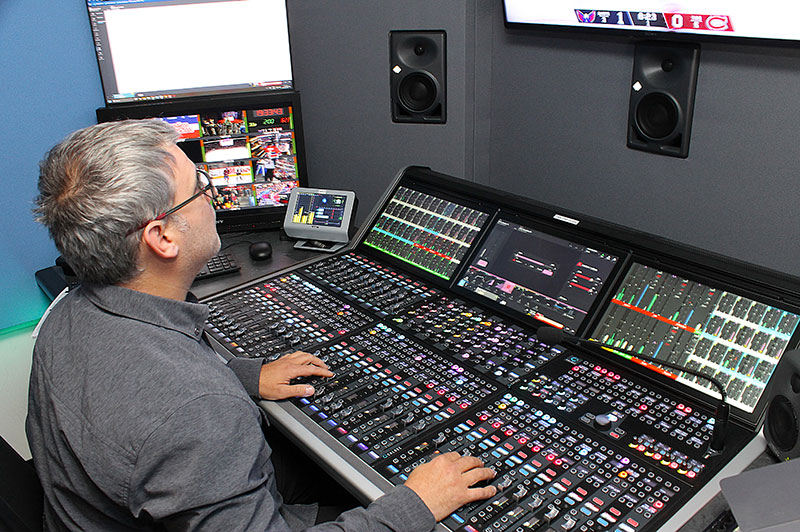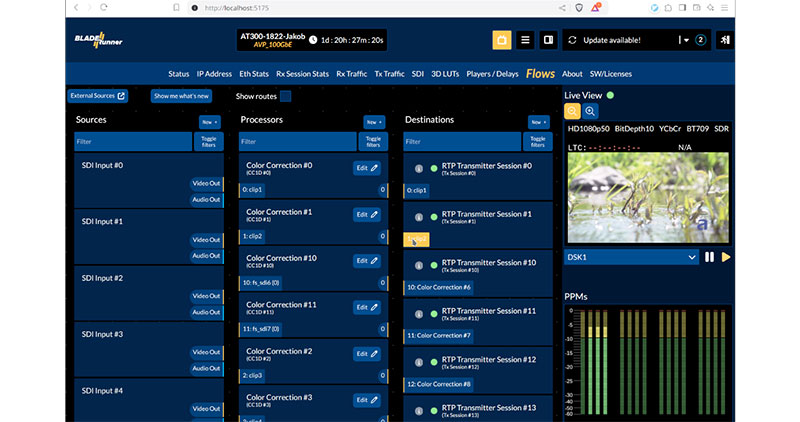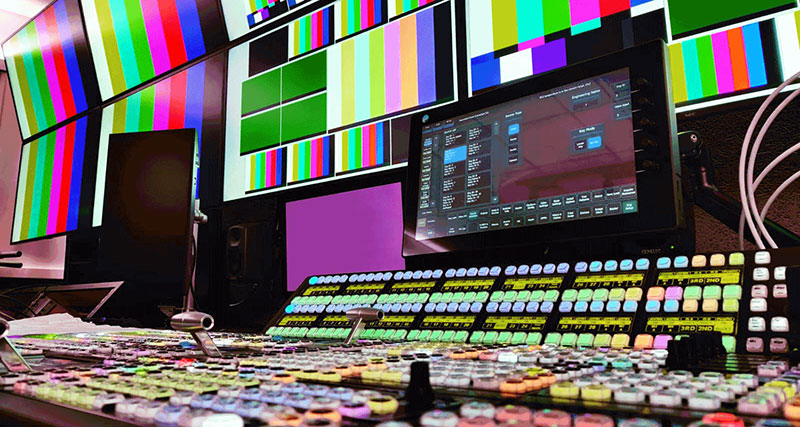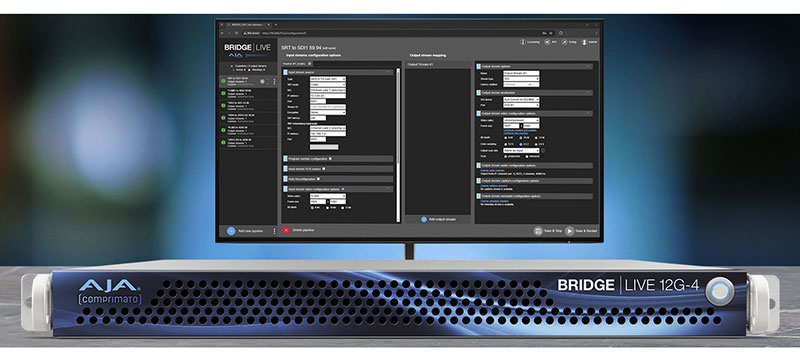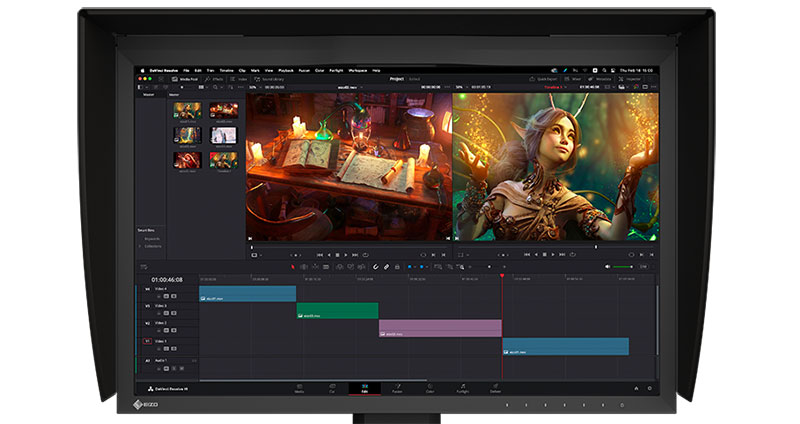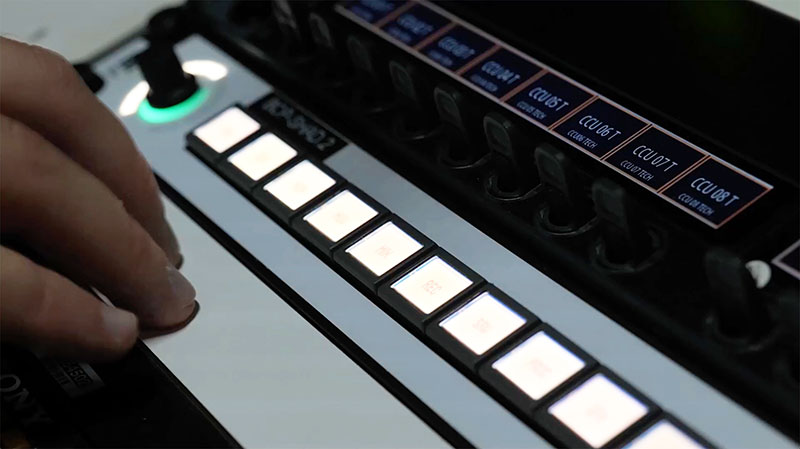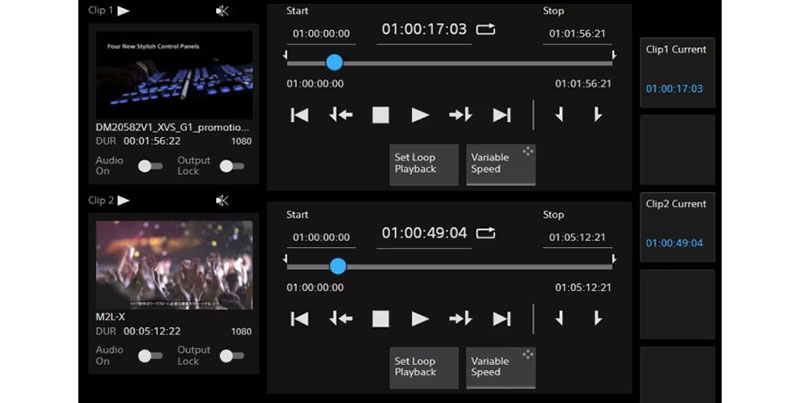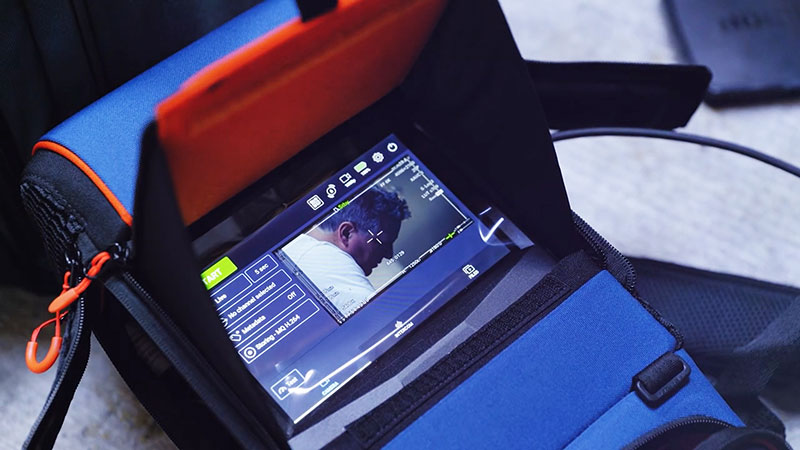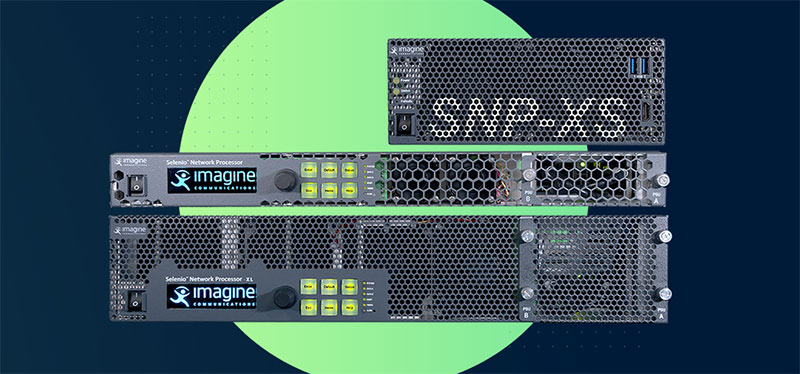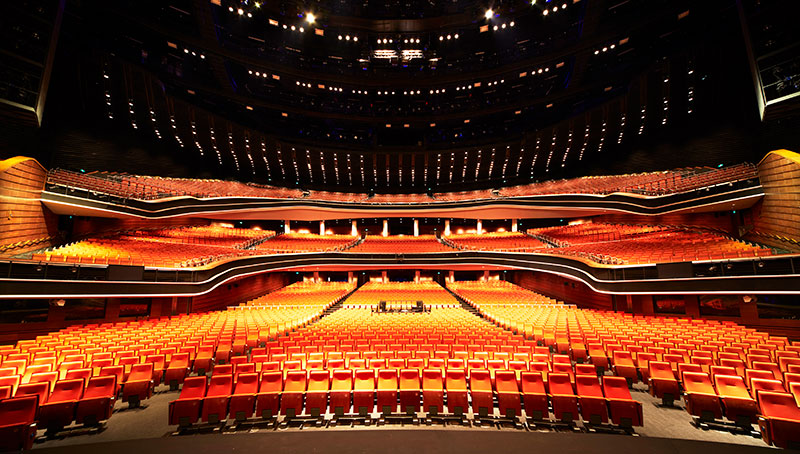
NVIDIA’s virtual GPU software upgrade adds support for more workloads and functionality to help IT administrators work more efficiently. It accelerates data centre and cloud virtualisation, enhances immersive VR/AR collaboration and eases complexity of virtual management in the cloud.
GPU virtualisation is a flexible way to collaborate on projects that require professional-level graphics and computing power, wherever users are located, and suits work ranging from data science to graphic design.
Data Centre and Cloud Support
Because employee productivity is a major concern among organisations interested in remote work, NVIDIA has expanded support for hypervisor systems, which create and run virtual machines. NVIDIA has partnered with SUSE on its Linux Enterprise Server, adding vGPU support to its kernel-based virtual machine platform. SUSE is a developer of open source software-defined infrastructure, and specialises in Linux engineering.

Initial capabilities from this partnership will be supported with NVIDIA vComputeServer software, which provisions workloads with virtual GPUs, helping to virtualise new data centre GPUs for AI and data science workloads. The update will expand hypervisor platform options for enterprises and cloud service providers who now need to support GPUs more often.
“Demand for accelerated computing has grown beyond specialised HPC environments into virtualised data centres,” said Brent Schroeder, global CTO at SUSE. “SUSE and NVIDIA have been simplifying the use of NVIDIA virtual GPUs in SUSE Linux Enterprise Server, improving the IT infrastructure and accelerating AI and ML workloads to handle high-performance and time-sensitive workloads more effectively.”
Immersive Collaboration
The NVIDIA CloudXR SDK uses NVIDIA RTX and vGPU software to stream graphics-intensive VR and augmented reality across 5G and Wi-Fi networks by accessing a high-powered graphics server to a relatively low-powered client, such as PC-connected head-mounted displays (HMDs) like Vive Pro or other Windows- or Android-based HMDs. vGPU July 2020 adds 120Hz VSync support at resolutions up to 4K, giving CloudXR users smoother immersive experience on untethered devices. It aims for a level of fidelity that is indistinguishable from native tethered configurations.
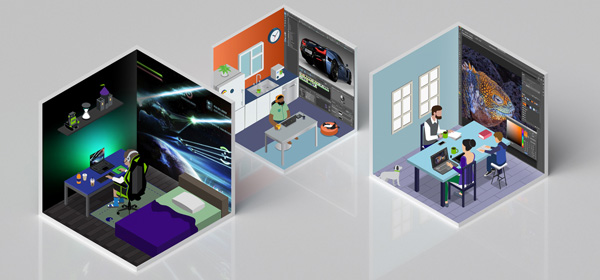
“Streaming AR/VR over Wi-Fi or 5G opens the potential for more organisations to undertake immersive training, product design and architecture and construction,” said Matt Coppinger, director of AR/VR at VMware. “We partnered with NVIDIA to deliver AR and VR applications running on VMware vSphere and NVIDIA Quadro Virtual Workstation, streamed using NVIDIA CloudXR to VMware’s Project VXR client application running on standalone headsets.”
vGPU July 2020 also updates the user experience and manageability needed for demanding workloads like the Omniverse AEC Experience that debuted recently, a configuration that combines Omniverse, a real-time collaboration platform, with RTX Server and NVIDIA Quadro Virtual Workstation software for the data centre. It supports up to two virtual workstations on an NVIDIA Quadro RTX GPU, running multiple workloads such as collaborative computer-aided design while also producing real-time photoreal renders of the model.
Omniverse AEC Experience
The Omniverse AEC Experience serves the concept design, visualisation and review needs for architecture, engineering and construction. Teams at different locations can collaborate in real-time on the same scene, using different applications. Teams can access and use real-time RTX rendering, light studies, physics, and simulation tools. The configuration has three main components.

Omniverse Nucleus is a file server that hosts and synchronizes, in real-time, the Universal Scene Description (USD) files supporting the 3D environment shared by the users’ connected content creation applications. Omniverse View standalone software renders and simulates this environment in real time, generating instant feedback from the changes the artists make in their applications. It has basic scene and material editing capabilities, plus more specific tools like light studies. Omniverse Connector Plugins installed in each application form the live link between the application and Nucleus.
With the Quadro Virtual Workstation software, a virtual workstation configured for Omniverse can be provisioned rapidly to new users who only need an internet-connected device, laptop or tablet, while the data remains secured in the data centre.
Virtual Management
vGPU July 2020 helps enterprise IT administrators and cloud service providers manage resources more efficiently through automation and updates to NVIDIA’s collaboration with Vmware on vSphere server virtualisation software.
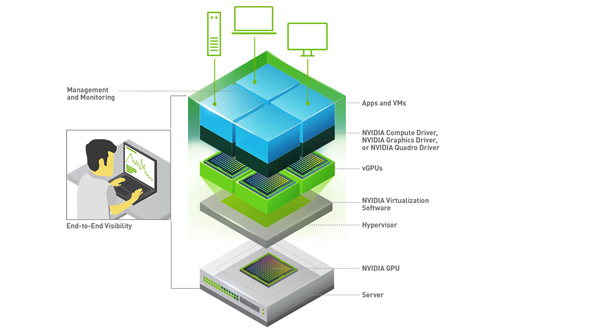
Host and guest vGPU software can be on different versions, to make upgrades and large deployments across an organisation easier. For example, the administrators can move faster to the up-to-date hypervisor versions to pick up fixes, security patches and new tools, and meanwhile stagger deployments for end-users.
Enterprise data centres running VMware vSphere will be able to manage vGPU powered VMs virtual machines) with the new release of VMware’s vRealize Operations for hybrid cloud monitoring. vSphere 7 also has a new function called Assignable Hardware that automates placement of a VM on a host that has exactly the right GPU and profile available before powering it on. When managing large deployments, this means reducing deployment time of new VMs to a few minutes instead of a manual process that can take hours. To maintain availability, if a host fails for any reason, a GPU-enabled VM can be automatically restarted on another host with the correct GPU resources. www.nvidia.com






